Introduction
Mechanical pipettors play a vital role in modern laboratories. They offer precise liquid handling and ensure accurate measurements. These tools are widely used by researchers, technicians, and scientists globally. Understanding their purpose and applications can enhance lab efficiency and experiment reliability.
What is a Mechanical Pipettor?
A mechanical pipettor is a handheld tool for transferring specific liquid volumes. It operates manually without electronic components. Users control liquid suction and dispensing using a spring-loaded piston. Mechanical pipettors are easy to use, durable, and versatile.
These pipettors come in different designs to suit varying lab needs. Common options include single-channel and multi-channel variants. They are ideal for repetitive tasks requiring high precision, such as sample preparation or serial dilutions.
Key Applications in Laboratories
Mechanical pipettors are indispensable in various lab tasks, including:
- Pharmaceutical Research: They ensure accurate liquid handling during drug development and testing.
- Molecular Biology: Essential for PCR, DNA extraction, or protein analyses.
- Clinical Diagnostics: Used for handling patient samples in tests like ELISA.
- Environmental Analysis: Useful for water testing and pollutant detection.
- Chemical Laboratories: Helps in preparing reagents and solutions with precision.
Their versatility makes them a must-have tool across diverse scientific disciplines.
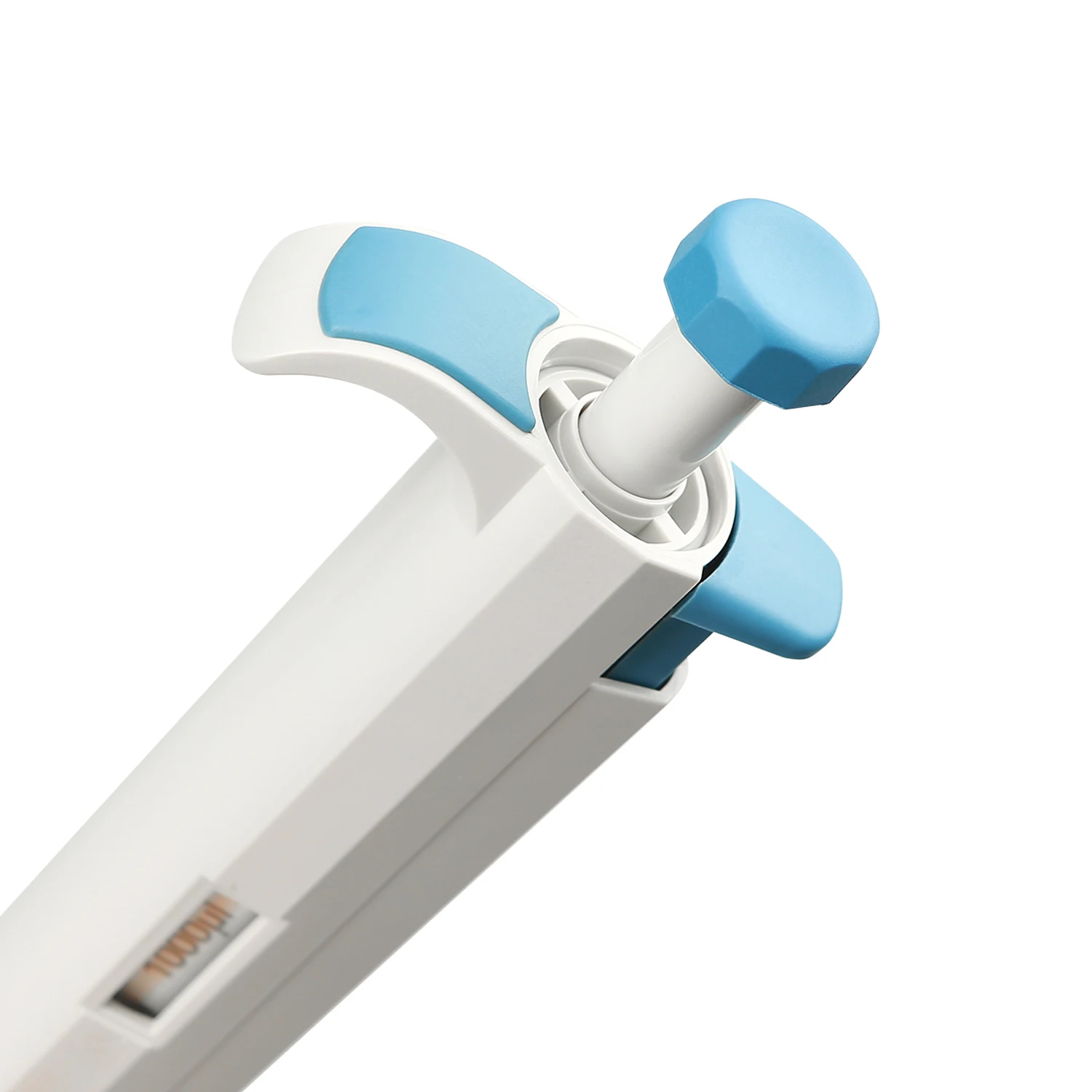 Types of Pipettors
Types of Pipettors
Choosing the right type of mechanical pipettor is crucial for laboratory efficiency. Pipettors differ based on design and functionality. Below, we explore two key classifications of mechanical pipettors.
Single-Channel vs. Multi-Channel Pipettors
- Single-Channel Pipettors:
- Ideal for tasks requiring precision with individual samples.
- Common in molecular biology and pharmaceutical research.
- Best for tasks like DNA extraction, reagent preparation, or small-volume handling.
- Multi-Channel Pipettors:
- Designed for handling multiple wells simultaneously.
- Useful in high-throughput labs like clinical diagnostics and drug screening.
- Speeds up repetitive tasks like ELISA or plate filling.
When selecting between single-channel and multi-channel pipettors, consider workflow and application needs.
Fixed Volume vs. Adjustable Volume Pipettors
- Fixed Volume Pipettors:
- Delivers a specific, constant volume set by the manufacturer.
- Ideal for repetitive tasks that require the same volume repeatedly.
- Examples include clinical tests and batch reagent preparation.
- Adjustable Volume Pipettors:
- Allows users to set desired volumes within a range.
- Offers versatility for tasks needing varying liquid amounts.
- Common in research labs handling diverse protocols and experiments.
Selecting fixed or adjustable pipettors depends on task flexibility and experiment variability. Understanding the specific features of mechanical pipettors ensures optimal usage and precise results in laboratory work.
How Pipettors Work
Mechanical pipettors operate through a simple yet effective mechanism. Understanding their components and functionality helps users achieve optimal performance.
Essential Components and Mechanism
Mechanical pipettors consist of several key components that work together to ensure precise liquid handling:
- Piston: Controlled by a spring, the piston creates suction and expels liquid accurately.
- Volume Adjustment Knob: Users adjust this knob to set desired liquid volumes.
- Tip Ejector: Allows easy removal of disposable tips after use.
- Disposable Tips: Tips prevent contamination and ensure accuracy during liquid transfer.
- Handle and Button Controls: Ergonomic design ensures comfort and ease during prolonged use.
The working mechanism is straightforward. The piston creates suction, drawing liquid into the disposable tip. Pressing the button expels the liquid accurately into the desired container.
Step-by-Step Guide to Using a Mechanical Pipettor
Handling a mechanical pipettor correctly ensures precise results. Follow these steps for effective usage:
- Set Volume: Use the adjustment knob to select the desired liquid volume.
- Attach Tip: Secure a disposable tip at the end of the pipettor.
- Draw Liquid: Press the plunger gently, dip the tip into the liquid, and release the plunger to draw.
- Dispense Liquid: Place the tip above the container, press the plunger to eject liquid fully.
- Eject Tip: Push the tip ejector button to safely dispose of the tip.
Ensure proper handling and correct posture while using the pipettor. Regular calibration and cleaning maximize performance and precision.
Understanding these basic operations ensures accurate liquid transfer and improves experiment reliability.
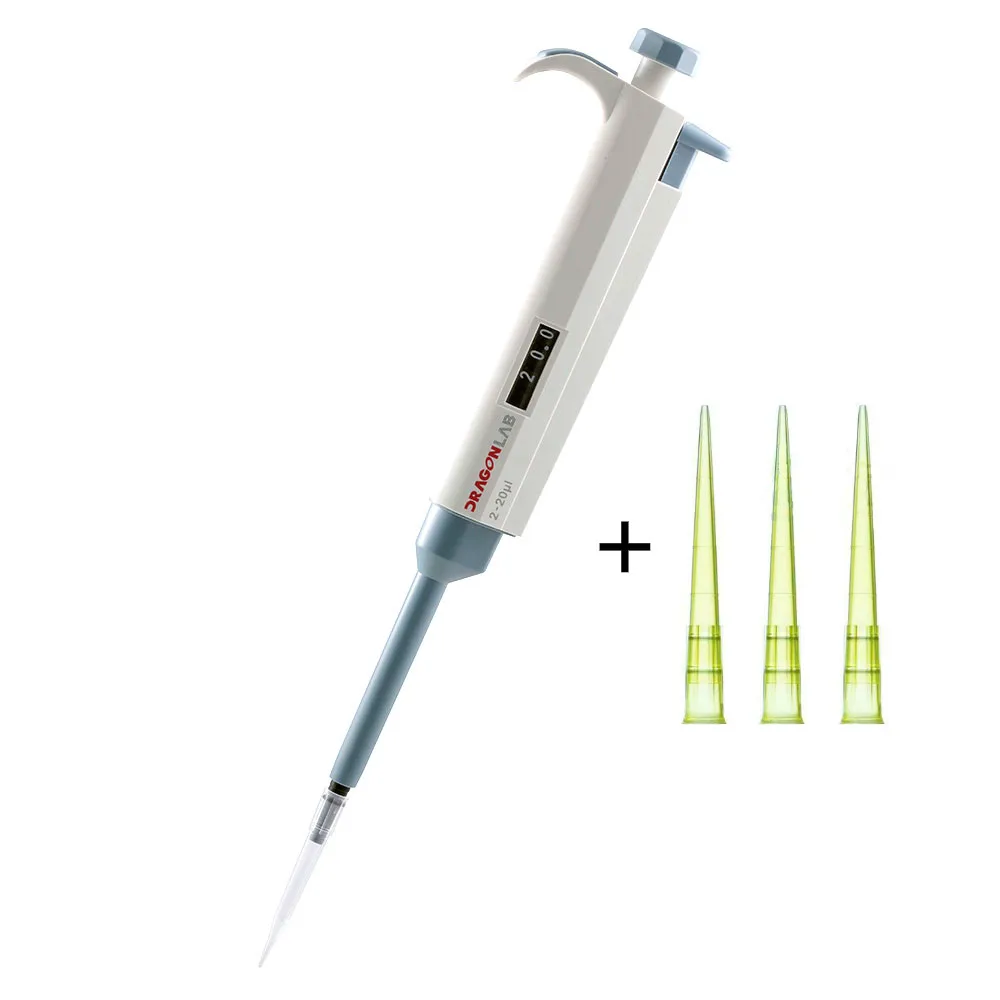 Advantages of Mechanical Over Electronic Pipettors
Advantages of Mechanical Over Electronic Pipettors
Mechanical pipettors offer various advantages when compared to electronic pipettors. These benefits make them preferred in many laboratory settings.
Accuracy and Precision in Measurement
- Mechanical pipettors provide highly accurate liquid measurements consistently.
- Manual operation allows users direct control over liquid handling.
- Variability in measurements is reduced with proper technique and tool maintenance.
- Precision makes them ideal for tasks like DNA extraction and reagent preparation.
- They excel in repetitive practices requiring consistent handling, boosting experiment reliability.
Cost-Effectiveness and Maintenance
- Mechanical pipettors are more affordable than electronic variants.
- Their simpler structure reduces maintenance requirements.
- Repairs are typically easier and less expensive due to few moving parts.
- They demand minimal calibration compared to electronic alternatives.
- Their durability ensures long-term use, lowering replacement costs.
These advantages underscore why mechanical pipettors remain vital tools in diverse laboratory environments.
Tips for Proper Pipettor Usage
Proper usage of a mechanical pipettor ensures accuracy and extends its lifespan. Follow these tips to maximize efficiency.
Avoiding Common Errors
- Incorrect Volume Settings: Always double-check the volume adjustment before using the pipettor.
- Improper Tip Attachment: Ensure the disposable tip is firmly secured to avoid leaks or inaccuracies.
- Sudden Plunger Movements: Press and release the plunger gently to prevent inconsistent measurements.
- Tilting During Use: Keep the pipettor vertical when drawing and dispensing liquid.
- Skipping Calibration: Regular calibration is essential for maintaining precision.
- Reusing Disposable Tips: Avoid reusing tips to prevent contamination and errors.
- Using Damaged Pipettors: Verify the pipettor’s condition; broken parts may compromise accuracy.
Best Practices for Calibration and Cleaning
- Regular Calibration:
- Perform calibration every three to six months depending on usage frequency.
- Consult the manufacturer’s guidelines for specific calibration procedures.
- Thorough Cleaning:
- Clean external surfaces with a lint-free cloth and mild detergent.
- Disinfect regularly to eliminate microbial contamination.
- Inspection for Wear and Tear:
- Check pistons, seals, and other components for damage during maintenance.
- Replace worn-out parts promptly to avoid performance issues.
- Store Safely:
- Store the pipettor in a dust-free environment away from extreme temperatures.
- Avoid prolonged exposure to direct sunlight.
- Use Manufacturer-Approved Accessories:
- Use compatible tips and cleaning tools for optimal performance.
Proper handling and maintenance enhance reliability and ensure accurate liquid transfer for laboratory tasks.
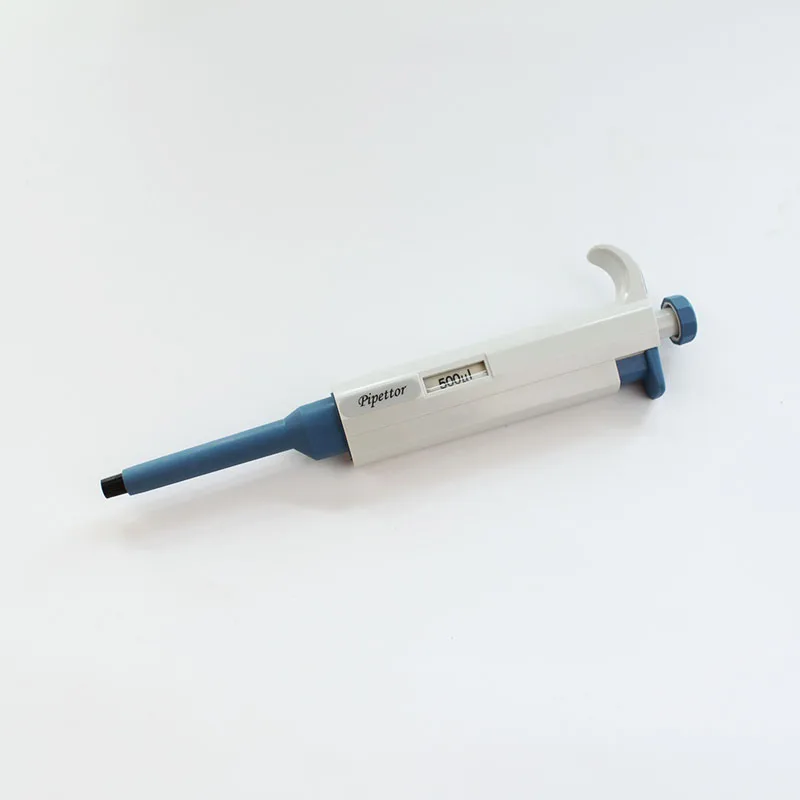 Choosing the Right Pipettor
Choosing the Right Pipettor
Selecting the appropriate mechanical pipettor is key to ensuring optimal lab performance. Different factors influence the decision, making it vital to evaluate your laboratory’s specific needs.
Factors to Consider When Purchasing
Choosing a mechanical pipettor requires careful evaluation of several important factors:
- Accuracy and Precision:
- Check the pipettor’s ability to deliver consistent measurements.
- Opt for models with high accuracy for critical applications.
- Volume Range:
- Determine whether you need a fixed-volume or adjustable-volume pipettor.
- Consider the volume range most commonly used in your lab tasks.
- Task Requirements:
- Choose single-channel pipettors for individual sample work.
- Use multi-channel pipettors for high-throughput applications like plate filling.
- Ease of Use:
- Look for ergonomic designs that minimize hand strain.
- Ensure smooth plunger mechanisms for comfortable use.
- Durability:
- Inspect material quality for long-term usage.
- Opt for models known to endure repetitive lab tasks.
- Compatibility with Tips:
- Ensure the pipettor is compatible with commonly used disposable tips.
- Use manufacturer-recommended tips for better accuracy.
- Budget:
- Factor in initial costs and future maintenance expenses.
- Mechanical pipettors are often more cost-effective than electronic ones.
Comparing Popular Brands and Models
Popular brands and models offer various features tailored to laboratory needs. Here’s a comparison to guide you:
- Brand A – High Precision Model:
- Known for excellent accuracy and robust construction.
- Best for molecular biology and pharmaceutical applications.
- Brand B – Ergonomic Multi-Channel Pipettor:
- Ergonomically designed for minimal hand fatigue.
- Ideal for ELISA and plate-based workflows.
- Brand C – Budget-Friendly Option:
- Affordable and easy to maintain.
- Suitable for teaching labs or low-budget projects.
- Brand D – Adjustable Volume Pipettor:
- Features a wide volume range for versatile use.
- Optimal for labs with diverse liquid handling needs.
- Brand E – Fixed Volume Specialty Pipettor:
- Pre-set volumes for precise and repetitive tasks.
- Commonly used in clinical and diagnostic labs.
Research and compare models based on user reviews, lab needs, and warranties. Selecting the best mechanical pipettor ensures efficiency and reliability in your experiments.
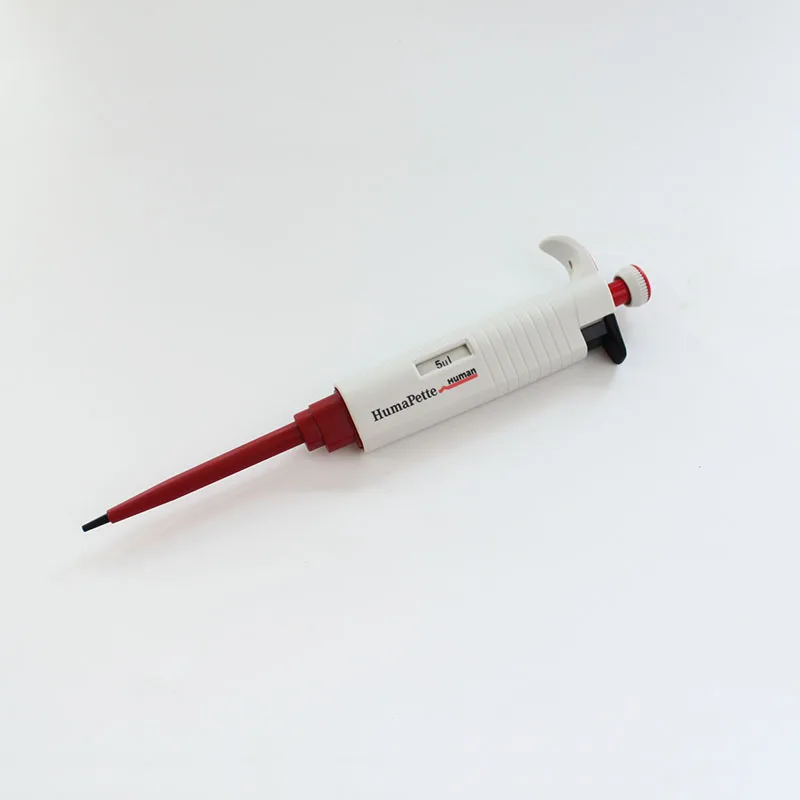 Troubleshooting Common Issues
Troubleshooting Common Issues
Mechanical pipettors require proper care to ensure accuracy and performance. Recognizing and solving common issues is essential for laboratory efficiency. Below are some common problems and their solutions.
Identifying and Resolving Calibration Problems
Calibration problems can lead to inaccurate liquid measurements. Follow these steps to identify and resolve them:
- Perform Routine Volume Checks: Regularly test the pipettor against known volume benchmarks.
- Inspect for Wear and Tear: Check the piston, seals, and other components for damage or misalignment.
- Clean Moving Parts: Dust or residue can affect calibration. Clean the pipettor thoroughly before recalibration.
- Use Certified Calibration Tools: Calibrate using trusted tools recommended by the manufacturer for better accuracy.
- Address Inconsistent Readings Promptly: If volume readings vary, recalibrate or consult a professional technician.
- Follow Manufacturer Guidelines: Refer to the product manual for specific calibration procedures and schedules.
Regular calibration ensures precise measurements and consistency in your lab work.
Maintenance Tips to Extend Longevity
Proper maintenance increases the lifespan of a mechanical pipettor. Use these tips to keep it in excellent condition:
- Clean After Every Use: Wipe surfaces with a lint-free cloth and mild detergent.
- Disinfect Regularly: Use alcohol or an approved disinfectant; this prevents microbial contamination.
- Replace Worn Components: Check seals, pistons, and springs. Replace any faulty parts immediately.
- Avoid Overuse: Alternate between pipettors to reduce wear and tear on a single tool.
- Store Properly: Place in a clean, dust-free area away from direct sunlight or high humidity.
- Use Compatible Accessories: Always use tips and calibration tools approved by the manufacturer.
- Schedule Professional Servicing: Get the pipettor serviced annually by experts for detailed inspection and repairs.
With proper care and troubleshooting, a mechanical pipettor can deliver reliable performance for years.
Future Trends in Mechanical Pipettor Technology
Integration with Digital Systems
Future mechanical pipettors may integrate more seamlessly with digital laboratory information management systems (LIMS). This integration can streamline data collection and improve workflow efficiency.
Sustainable Materials
There is a growing emphasis on sustainability in laboratory equipment. Future designs may incorporate eco-friendly materials, reducing the environmental impact of mechanical pipettors without compromising functionality.
Enhanced User Interfaces
Advancements in user interface design could lead to more intuitive and user-friendly mechanical pipettors. Features like tactile feedback and customizable settings can enhance the user experience and improve precision.
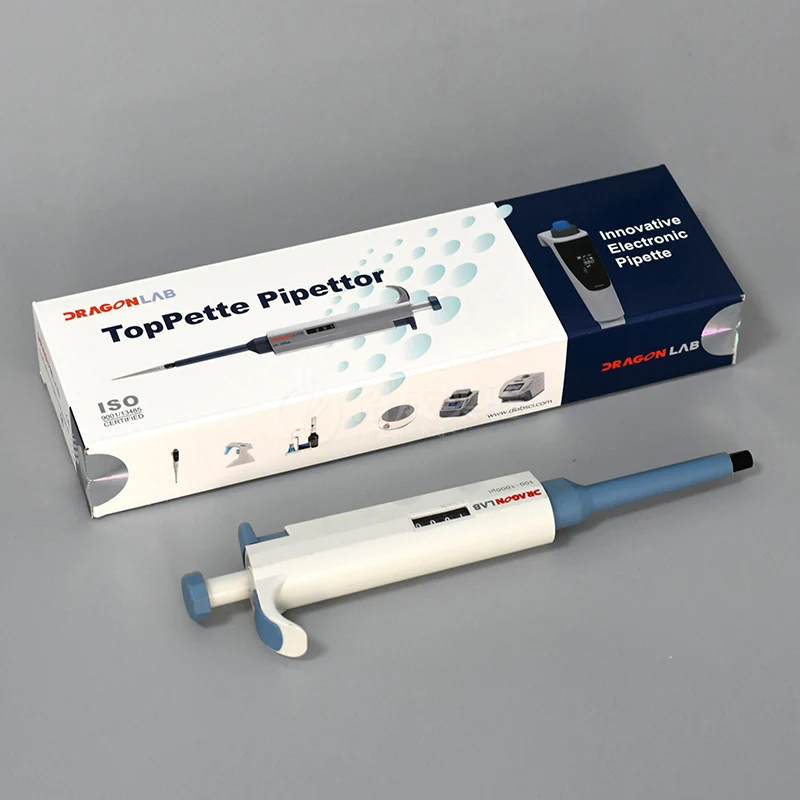 Frequently Asked Questions (FAQ)
Frequently Asked Questions (FAQ)
What is a mechanical pipettor used for?
A mechanical pipettor is used to measure and transfer precise volumes of liquid in laboratory settings. It is essential for tasks such as sample preparation, titrations, and reagent dispensing.
How do I maintain my mechanical pipettor?
Regular maintenance includes routine cleaning, proper storage, and scheduled calibration. Always follow the manufacturer’s instructions for cleaning and maintenance to ensure the pipettor remains accurate and reliable.
Can mechanical pipettors handle viscous liquids?
While mechanical pipettors can handle moderately viscous liquids, they may face limitations with highly viscous substances. It’s essential to select a pipettor with an appropriate volume range and consider using tips designed for viscous fluids.
How often should I calibrate my mechanical pipettor?
Calibration frequency depends on usage and manufacturer recommendations. Generally, calibrate the pipettor monthly or after significant use to maintain accuracy. High-throughput laboratories may require more frequent calibration.
Are there disposable tips compatible with all mechanical pipettors?
Most mechanical pipettors are compatible with standard disposable tips. However, it’s essential to verify the compatibility with the specific pipettor model to ensure proper fit and function.
What should I do if my mechanical pipettor is not dispensing accurately?
First, check for air bubbles in the tip and ensure proper pipetting technique. If the issue persists, perform a calibration check and inspect the pipettor for any mechanical issues or damage. Consult the manufacturer’s guidelines for troubleshooting steps.
Can I use a mechanical pipettor for both small and large volumes?
Yes, mechanical pipettors are available in various volume ranges. Select a pipettor that matches your required volume capacity to ensure precision and accuracy in your measurements.
What makes mechanical pipettors different from electronic ones?
Mechanical pipettors operate manually without the need for batteries, offering reliability and simplicity. In contrast, electronic pipettors provide features like programmable volumes and digital displays but may require more maintenance and have higher costs.
How do I choose the right tip size for my mechanical pipettor?
Choose tip sizes that match the volume ranges you frequently use. Tips should fit snugly on the pipettor’s tip cone without being too tight or too loose. Refer to the pipettor’s specifications to select compatible tip sizes.
Is it necessary to use filter tips with a mechanical pipettor?
Using filter tips can help prevent cross-contamination and protect against volatile substances. While not always necessary, filter tips enhance the pipettor’s performance, especially in sensitive applications like PCR and ELISA.
Conclusion
Investing in a high-quality mechanical pipettor can significantly enhance the accuracy and efficiency of laboratory operations. By understanding the components, advantages, and best practices associated with mechanical pipettors, users can maximize their productivity and ensure reliable results. As technology advances, mechanical pipettors continue to evolve, offering improved ergonomics, precision, and integration capabilities. Whether in clinical, research, or educational settings, mechanical pipettors remain a cornerstone of effective liquid handling, underscoring their enduring importance in the scientific community.